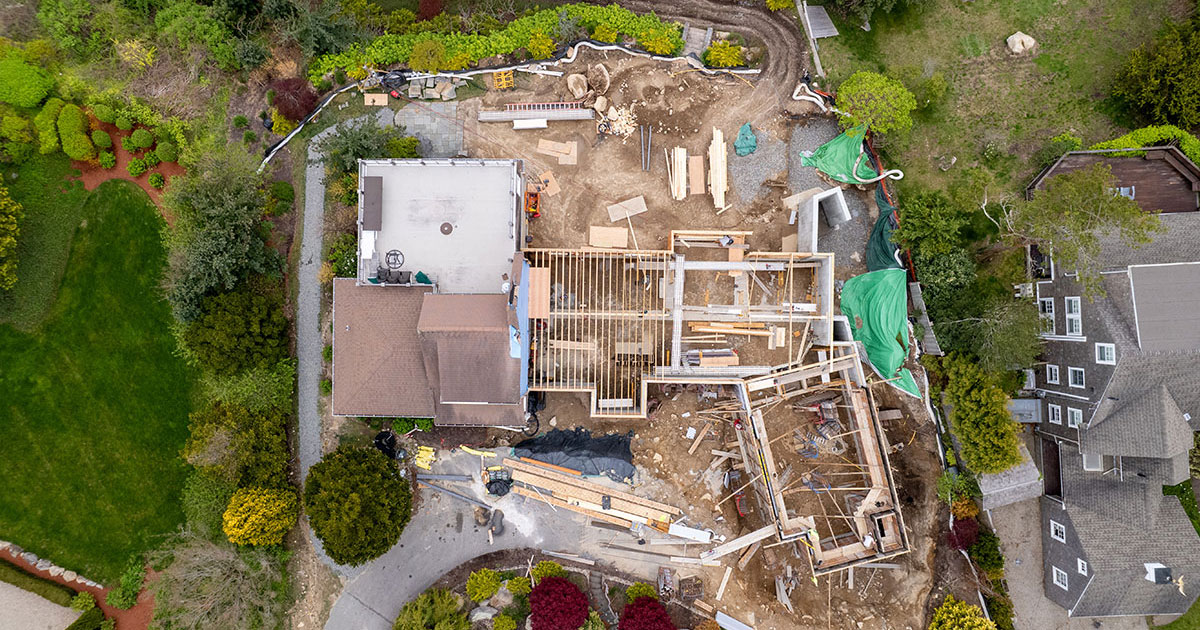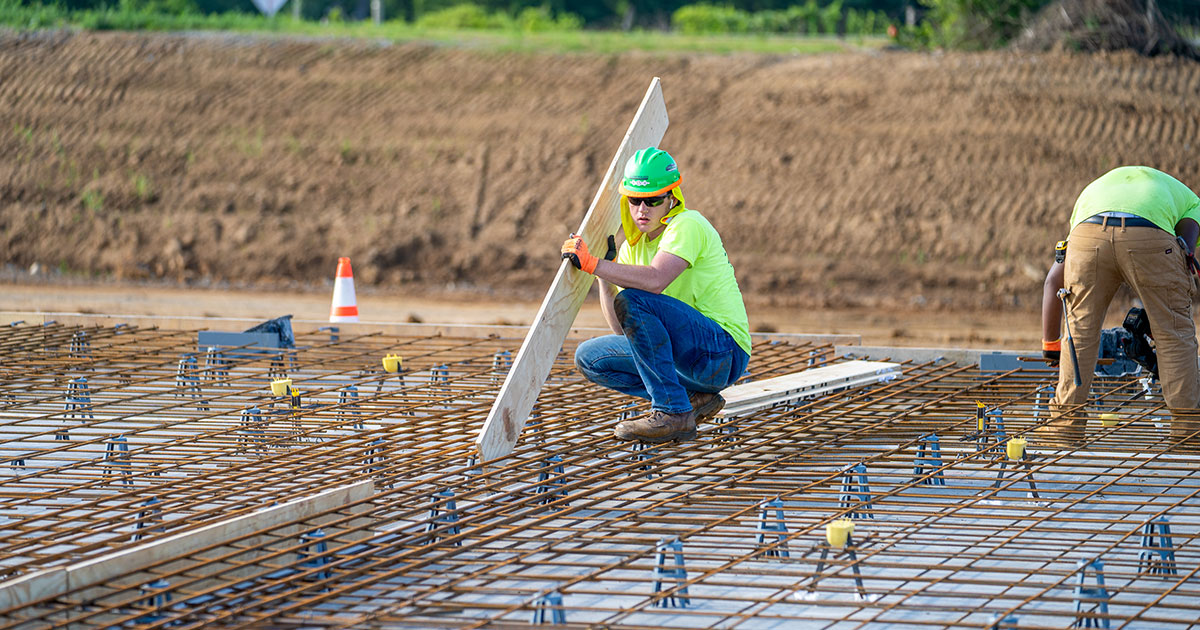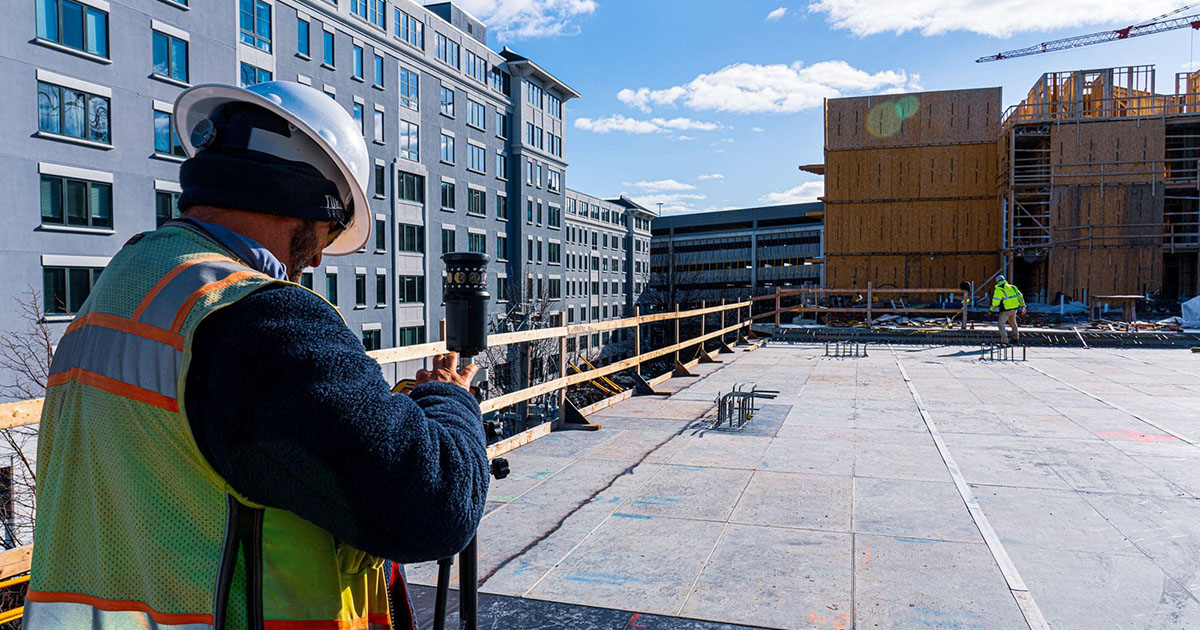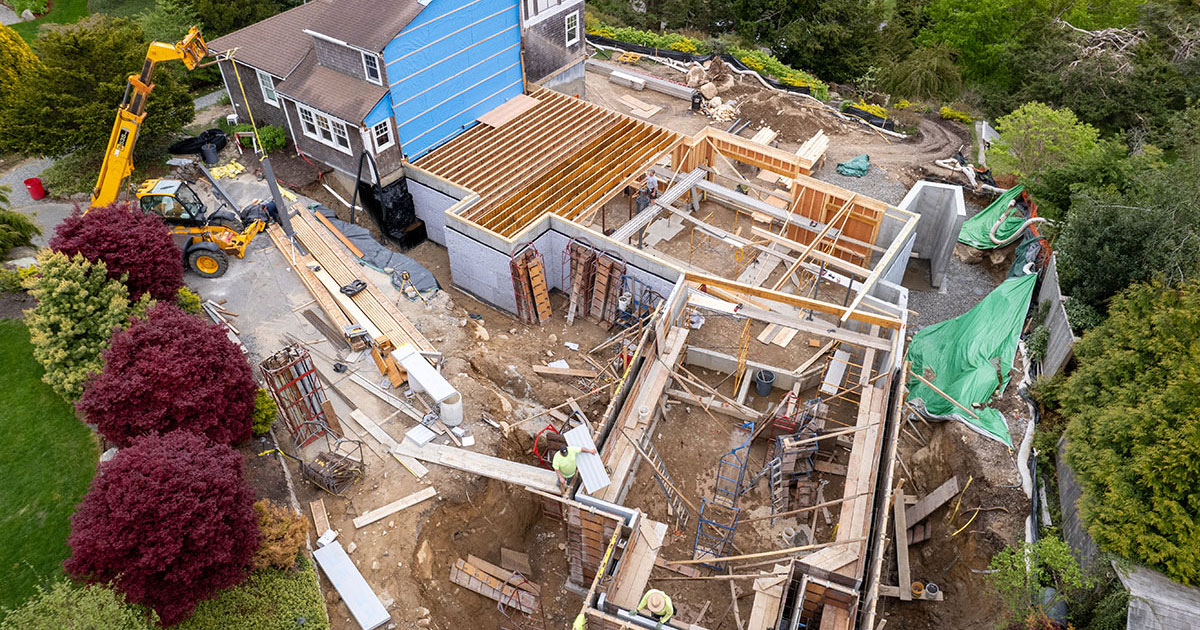
How to Fix an Outdated Construction Website Without Starting Over
In the construction industry, your website often serves as the first impression for potential clients, partners, and even future employees. But if your site looks like it hasn’t been touched in years, it could be turning people away. Fortunately, you don’t need a full overhaul to bring your website up to modern standards. With smart, strategic updates, you can breathe new life into your online presence—without starting from scratch.
In this guide, we’ll walk you through how to fix an outdated construction website using targeted improvements that deliver big results.
Conduct a Website Audit First
Before making any changes, evaluate what’s currently working—and what isn’t.
What to Check:
- Page load speed
- Mobile responsiveness
- Navigation structure
- Outdated content or images
- Broken links or forms
Tools You Can Use:
- Google PageSpeed Insights
- Screaming Frog SEO Spider
- Google Search Console
Pro Tip: Document your findings and prioritize changes based on impact and ease of implementation.
Refresh the Homepage for Immediate Impact
Your homepage is prime digital real estate. You can significantly modernize your site by updating this one page alone.
What to Update:
- Hero Image: Use a high-quality, recent photo of a standout project.
- Headline: Clarify who you are and what you do in one bold sentence.
- Call-to-Action (CTA): Add a button like “Request a Quote” or “View Projects.”
- Testimonials or Stats: Feature client quotes or metrics like “Over 500 Projects Completed.”
Improve Mobile Responsiveness
More than 50% of website traffic now comes from mobile devices. If your site doesn’t adapt well to smaller screens, it’s time to fix that.
Simple Fixes Without a Redesign:
- Use a responsive theme or template.
- Replace full-width desktop layouts with stacked mobile-friendly sections.
- Increase button sizes and font readability for mobile users.
Pro Tip: Use your phone to test your site’s usability firsthand.
Update Visuals and Branding
Outdated stock photos and inconsistent branding can make your site feel stale.
Easy Visual Updates:
- Swap old photos for recent, high-res project images.
- Replace clunky logos with a vector-based, modern design.
- Ensure brand colors and fonts are consistent across all pages.
Add New, Relevant Content
Old content can hurt your credibility—and your SEO. Keep your website fresh by adding:
- Recent Projects: Update your portfolio with new case studies.
- Blog Posts: Write about industry trends, FAQs, or project tips.
- Team Updates: Showcase new hires or employee achievements.
Pro Tip: Focus on content that shows your construction expertise and builds trust.
Fix Navigation and Site Structure
Confusing navigation can frustrate visitors. Small tweaks can go a long way.
Quick Navigation Fixes:
- Reduce menu items to 5–7 core pages.
- Group related pages under dropdowns (e.g., Services > Commercial, Residential).
- Add a sticky header for easy access to navigation as users scroll.
Optimize for Local SEO
Make your updated website easier to find by enhancing your local search visibility.
Key SEO Fixes:
- Add your location and service areas to key pages.
- Embed a Google Map on your Contact page.
- Optimize metadata with keywords like “general contractor in [City].”
- Ensure your Google Business Profile is linked and up to date.
Update Forms and Contact Info
If your contact form is broken or buried, you’re missing out on leads.
Must-Have Updates:
- Simplify forms to ask only essential questions.
- Make your phone number and email clickable.
- Include your business address and operating hours.
Add Social Proof and Trust Signals
Build trust without redesigning your entire site.
What to Add:
- Client Logos: Show who you’ve worked with.
- Certifications: Highlight affiliations with trade organizations or licensing boards.
- Testimonials: Update quotes or add a video review.
Back Up and Monitor Regularly
Once you’ve refreshed your site, set a schedule for regular maintenance.
Maintenance Checklist:
- Backup your site monthly.
- Check for broken links and form errors quarterly.
- Post new content or project updates at least once a month.
Integrate Modern Tools for Better User Experience
Adding small but powerful tools can make your site feel up-to-date and improve usability without a full redesign.
Simple Tools to Integrate:
- Live Chat Widgets: Provide real-time support or sales inquiries without lifting the phone.
- Project Inquiry Forms: Offer downloadable project intake forms or quote request PDFs.
- Social Media Feed: Embed your Instagram or LinkedIn feed to showcase activity and keep the site feeling fresh.
Pro Tip: Choose tools that align with your goals—whether that’s converting leads, answering questions, or showing off active job sites.
Improve Accessibility and Compliance
Modern websites should be usable by everyone—including those with disabilities.
Quick Accessibility Wins:
- Add alt text to all images.
- Ensure sufficient color contrast between text and background.
- Use proper heading structure (H1, H2, etc.) for screen readers.
Why It Matters:
Not only is accessibility the right thing to do, it can also prevent legal headaches and improve SEO.
Track What’s Working (and What’s Not)
After updating your site, it’s important to track performance to guide future improvements.
Set Up These Analytics Basics:
- Google Analytics 4 to track traffic sources and behavior.
- Google Search Console to monitor SEO performance and errors.
- Heatmaps (like Hotjar) to see how users interact with your site.
Pro Tip: Use this data to fine-tune your homepage layout, test new CTAs, or decide what content to publish next.
Conclusion: Small Fixes, Big Results
You don’t need to tear down and rebuild your entire website to make a meaningful impact. By focusing on the most visible and valuable parts of your site—like your homepage, visuals, mobile usability, and content—you can modernize your online presence without a full redesign. These updates help attract more clients, improve SEO, and build trust with potential partners.
Invest in your website the same way you invest in your tools and team—it’s one of your most important business assets.




